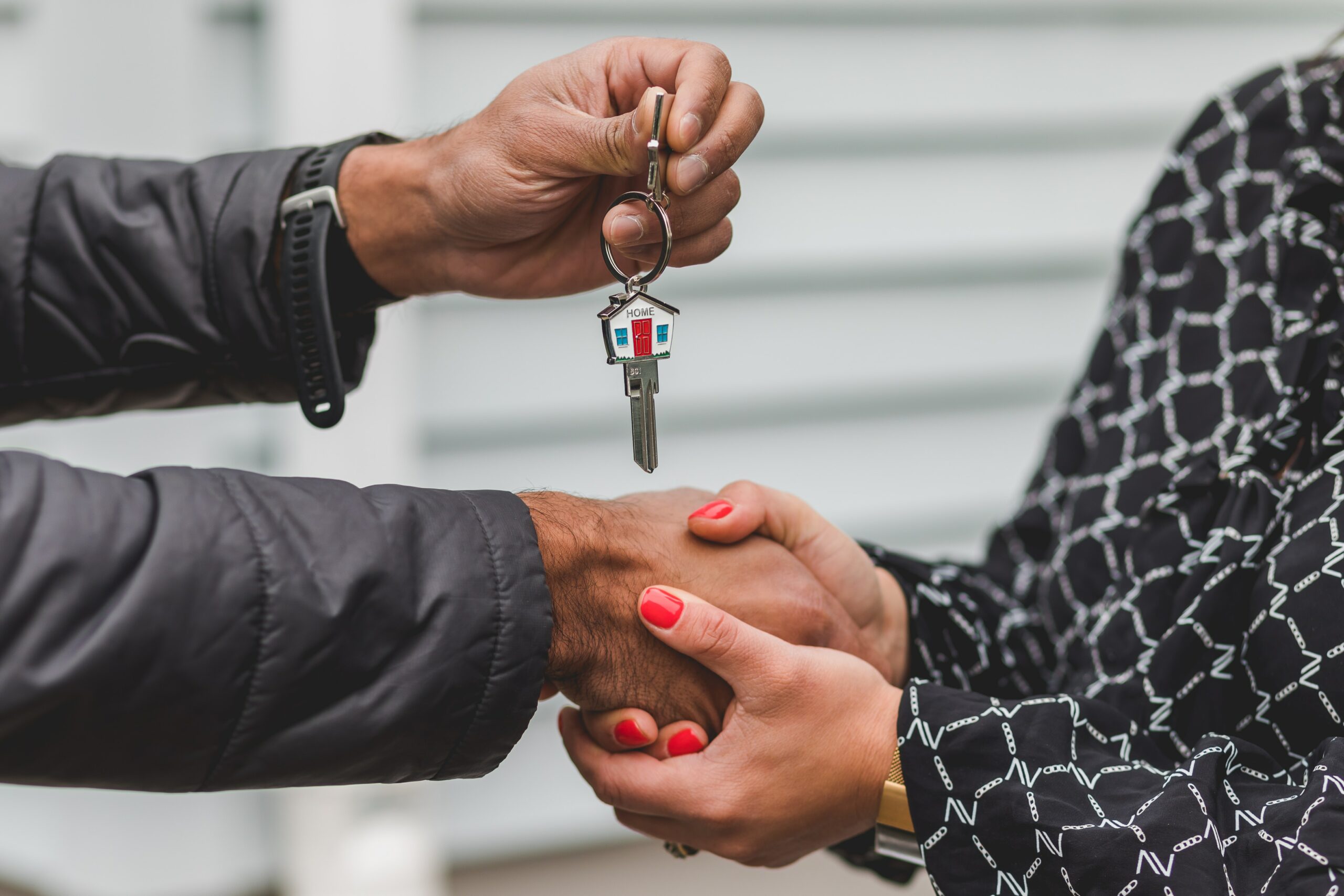In this article:

The Federal Government has announced plans for a new Grant that could have massive implications for Home Buyers trying to enter the extremely competitive property market.
Prime Minister, Anthony Albanese, announced his intention to launch the Help to Buy Scheme.
“This will bring home ownership back into reach for thousands of Australians who have been locked out of the housing market,” said Albanese in a press release.
“The Government will provide an equity contribution to eligible participants of up to 40 per cent of the purchase price for new homes and 30 per cent for existing homes. The Government is committed to providing the opportunity to purchase a home under Help to Buy in all states and territories.”
It’s not quite time to break out the champagne…there are a few catches.
- The Help to Buy Scheme doesn’t exist…yet. So far the Government has announced its plan to pass legislation by 2024, to launch the scheme in “all states and territories”, but that is no guarantee that the scheme will be in place. There’s a lot of work to be done.
- Because of this, certain questions around eligibility criteria, and situation changes are still unanswered.
- Many media outlets have begun reporting how the scheme will work, without mentioning that the specifics are yet to be ironed out.
Let’s delve into the proposal itself.
How does it work?
Help to Buy isn’t a new concept—it’s a shared equity scheme that currently exists in select state government programs. This commitment was made by the Labor party during the Federal election campaign.
The Government says that under the scheme, they will commit up to 40% of the purchase price of a new home, and up to 30% of an existing home. These homes can be a house, unit or townhouse, and purchasers will not need to pay rent, or interest, on the stake owned by the government.
Beginning in 2024, the scheme aims to operate for four years, assisting 40,000 low and middle-income individuals or families in attaining a home.
Albanese announced the Government’s plans at the Labor National Conference in Brisbane last week. He remarked, “Often these Australians have worked hard and saved up. They have made significant sacrifices, but a deposit for a home is still out of reach…what the government will do is step up and put in our share…we are the party of the great Australian dream.”
Assuming that the Help to Buy Scheme will be modelled after the NSW Government’s ‘Shared Equity Home Buyer Helper,’ here’s how Help to Buy might function:
Who can apply?
Specific eligibility criteria for the Help to Buy scheme are somewhat limited in information, but here’s what we know:
- You must be an Australian Citizen and at least 18 years old.
- If applying individually, your annual taxable income must not exceed $90,000.
- For couples, the combined annual taxable income must not surpass $120,000.
- You must have the intention to reside in the purchased home (i.e., owner-occupier).
- You cannot own other land or property, whether in Australia or overseas.
The fine print:
- The scheme is not limited to First Home Buyers.
- The minimum deposit required will be 2% of the purchase price.
- You, as the purchaser must be able to finance the remainder of the home loan.
- Other associated fees of purchasing the property and taking out a mortgage will still apply: ie, you may still have to pay stamp duty, legal fees, bank fees, application fees and so on.
- The Government will not contribute to any ongoing costs associated with the property. For example, if you purchase a unit, you will be responsible for strata fees. As expected, any purchaser will be responsible for council rates, water bills, electricity bills and so on.
A crucial aspect of the scheme is that successful applicants will be responsible for upfront fees like stamp duty, but Help to Buy recipients won’t need to pay Lenders Mortgage Insurance, which is typically required by most lenders when the borrower’s deposit is less than 20%.
Cool, so should I get a loan for two million?
No. The Government will likely place Price Caps on the amount you can purchase a property to remain eligible for the scheme, with each state’s cap being determined by median house prices respectively.
Here’s the breakdown of the likely price caps based similar state schemes currently operating:
| State | Property price cap | |
| Capital and regional centres | The rest of the state | |
| NSW | $950,000 | $750,000 |
| VIC | $850,000 | $650,000 |
| ACT | $750,000 | $600,000 |
| QLD | $700,000 | $550,000 |
| NT | $600,000 | $550,000 |
| WA | $600,000 | $450,000 |
| TAS | $600,000 | $450,000 |
| SA | $600,000 | $450,000 |
What currently exists to help me buy a home?
The significant distinction with this fresh initiative is that it won’t be confined solely to first home buyers.
Suppose you are a first home buyer grappling with the challenge of entering the property market due to the substantial property prices. In that case, there are already established schemes designed to provide support at both federal and state levels.
Contact us today to find out about the grants and schemes that may be available to you.
First Home Buyer eBook
Download our guide for first home buyers below, or reach out to one of our experienced YBR mortgage brokers, who have intimate knowledge of the home loan process, and help you understand all you need to know about maximising your chances of success.



